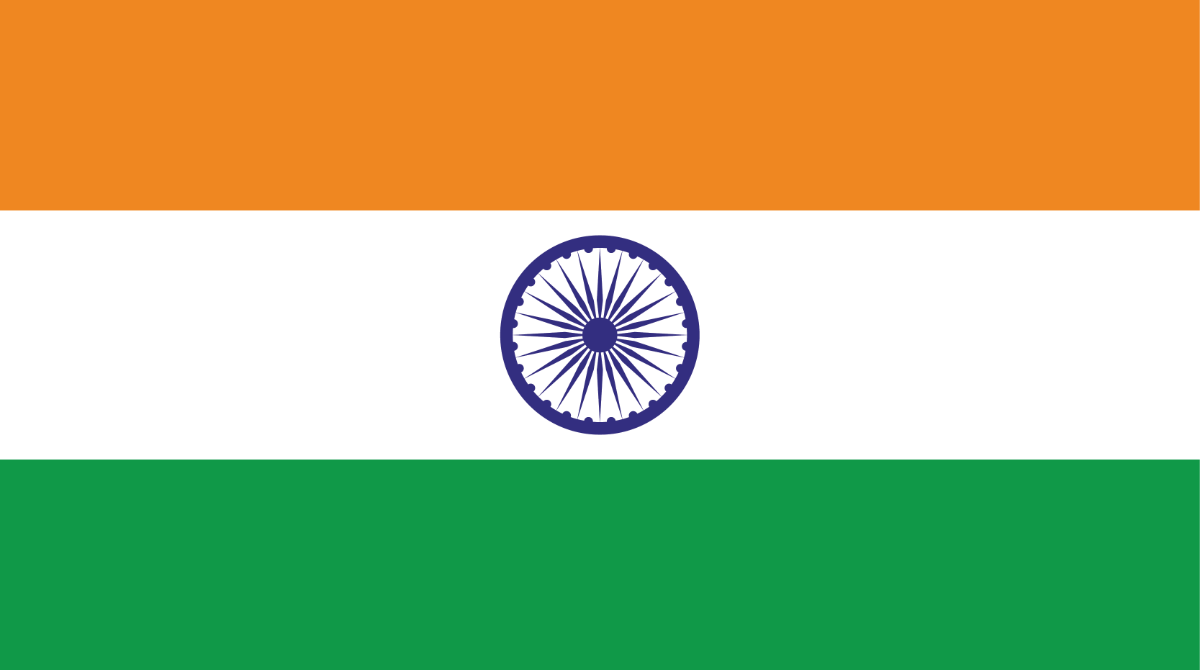At a glance
CDC works with partners in India to build sustainable public health capacity, strengthen laboratory systems and surveillance networks, deliver high-quality HIV and TB diagnostic, treatment, and prevention services, and respond swiftly to disease outbreaks at their source, preventing health threats from reaching the U.S.

Strategic focus
The U.S. Centers for Disease Control and Prevention (CDC) established an office in India in 2001 to assist the National AIDS Control Organization (NACO) in addressing and ending the HIV epidemic. As a key implementer of the U.S. President’s Emergency Plan for AIDS Relief (PEPFAR), CDC focuses on evidence-based, data-driven, person-centered HIV interventions for people living with HIV (PLHIV), including testing, linkage to treatment and adherence, laboratory system strengthening, and more. CDC also collaborates with the National Tuberculosis Elimination Program (NTEP) to address tuberculosis (TB) and build systems towards TB elimination in India.
Read more about CDC's most recent key activities and accomplishments below.
Building public health capacity
- Partnered with NACO to conduct annual HIV sentinel surveillance—which is the nationwide integrated biological and behavioral surveillance of populations at greater risk, including size estimations and data use for impact.
- Expanded data management dashboards and reporting frameworks known as SOCH (Strengthening Overall Care for PLHIV) with NACO. SOCH provides national and facility-level data and guides targeted programming under PEPFAR.
Strengthening laboratory systems and networks
- Improved the quality of services and access for PLHIV through an expanded, high-quality laboratory network. The network builds viral load (VL) testing capacities and utilizes integrated approaches to achieve VL coverage targets and ensure adequate testing to fulfill annual demands.
- Achieved 80 percent International Organization for Standardization (ISO) 15189 accreditation for all participating CDC laboratories.
- Facilitated the transfer of cutting-edge technology for the early infant diagnosis proficiency testing program with the Ministry of Health.
HIV prevention and treatment
- Improved service delivery and person-centered treatment options, including the optimization of effective drug regimens for 97 percent of PLHIV on treatment.
- Increased HIV services to maximize treatment adherence and reduce loss-to-follow-up to less than 1.5 percent annually among those receiving antiretroviral therapy (ART).
- Implemented an advanced disease management package for approximately 90 percent of PLHIV presenting with advanced HIV disease.
- Initiated 95 percent of eligible PLHIV on TB preventive treatment and initiated over 95 percent of HIV-associated TB cases on TB treatment. NACO has adopted these strategies across 740 ART centers across India.
Tuberculosis prevention and treatment
- Strengthened the NTEP’s laboratory capacity through an external quality assessment of rapid molecular TB diagnostics.
- Worked with health facilities to establish a robust program for healthcare workers for early detection and prevention.
- Trained 785 state and district staff in India through the ELEVATE Project with the Central TB Division.
- Mentored state and facility staff to implement infection prevention and control activities across ten states.
By the numbers
HIV
Estimated HIV Prevalence (Ages 15-49)
0.2% (2023)
Estimated HIV Deaths (Age ≥15)
Reported Number Receiving Antiretroviral Therapy (Age ≥15)
TB
Estimated TB Incidence
195/100,000 (2023)
1.5% (2023)
TB Treatment Success Rate
89% (2022)
Related content
Resources
Support for CDC's global HIV and TB efforts.
Our success is built on the backbone of science and partnerships.